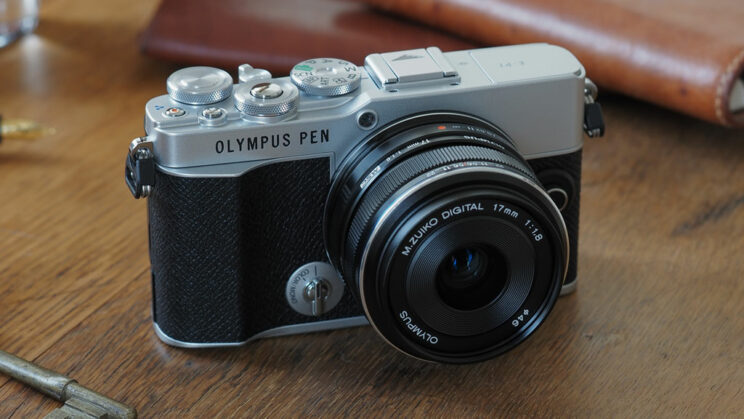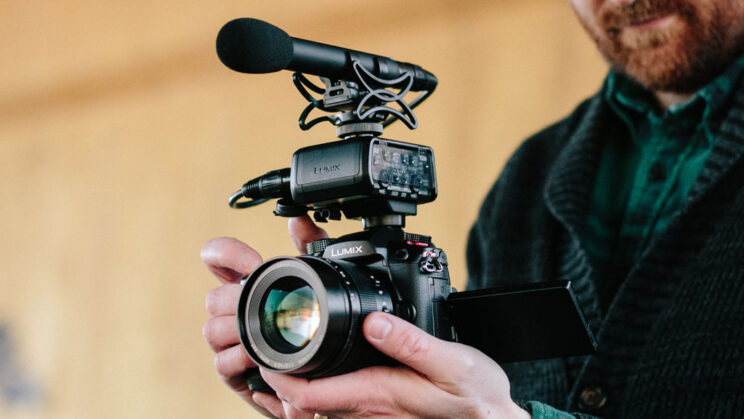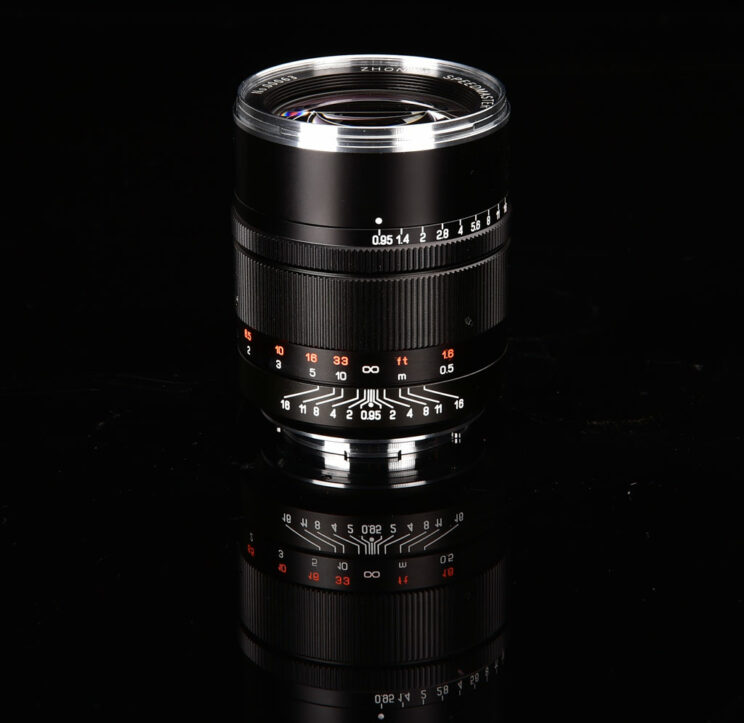It was another interesting week that saw the arrival of the first products in the post Olympus era, as well as a bunch of firmware updates and two new versions of popular third party lenses.
Olympus Pen E-P7
The E-P7 is the first camera released under the guidance of OM-D Digital Service, the new company that took over Olympus’ imaging business at the end of 2020. For now, nothing has changed: the E-P7 is a beautiful camera to look at but with the same specs seen on many models before it. We talk about it in our comparison with the E-PL10 and E-M10 IV.

Olympus M.Zuiko 8-25mm F4 Pro
The 12th lens in the Pro series is a versatile zoom that goes from 16mm to 50mm equivalent, giving you a nice zoom range for a lot of genres. In comparison to the Panasonic Leica 8-18mm F2.8-4, it loses the faster aperture at 8mm but gains more reach at the telephoto end.

The 8-25mm F4 is fully weather sealed following the same build quality standards of the other Pro lenses. It features a clutching focus ring to instantly switch to manual focus, and a function button. Like many Olympus lenses, it features a short minimum focus distance of 23cm (across the entire zoom range), giving you a 0.42x magnification (almost a half macro lens). It will be available at the beginning of July for £900.
Other characteristics of the 8-25mm F4 Pro:
- 16 elements in 10 groups
- 2 Aspherical ED, 1 DSA lens, 1 ED, 1 Super ED, 1 HR and 1 Super HR elements
- 7 circular aperture diaphragm
- 72mm filter thread
- 88.5mm long (when retracted), 411g
Note that Olympus also released two firmware updates for the E-M1 II (version 3.5) and E-M5 III (version 1.5) to make the lens compatible with the Focus Stacking function when using these two cameras (I’m assuming other models such as the E-M1 III and E-M1X are already compatible). You can download the firmware on the Olympus Asia Support page.
Panasonic lens firmware updates
Panasonic has released firmware updates for 12 of its micro four thirds lenses:
- Leica DG 8-18mm F2.8-4
- Leica DG 10-25mm F1.7
- Lumix G 12-35mm F2.8 II
- Leica DG 12-60mm F2.8-4
- Lumix G 12-60mm F3.5-5.6
- Leica DG 25mm F1.4 II
- Lumix G 35-100mm F2.8 II
- Lumix G 45-200mm F4-5.6 II
- Leica DG 50-200mm F2.8-4
- Lumix G 100-300mm F4.5-5.6 II
- Leica DG 100-400mm F4-6.3
- Leica DG 200mm F2.8

These updates are mainly related to the GH5 mark II. They make the lenses compatible with the Focus Ring Control function, which allows you to control the behaviour of the focus ring by making it linear or not linear (you can read more about this in our GH5 vs GH5 II article).
They also improve the AF performance when recording video in the 24Hz (24p) mode and the performance of the Boost I.S. and I.S. Lock functions for the lenses that have optical stabilisation (the latter should be beneficial for all Lumix cameras with these settings).
Laowa 7.5mm F2 Auto Aperture
This is a new version of the 7.5mm F2 lens that, unlike the first version, includes electronic contacts. This allows you to record the aperture value in the exif data as well as change the aperture from the camera itself.

The lens design remains the same, but the number of aperture blades goes from 7 to 5 to render “stunning 10-points sunstars” as Laowa put it.
The lens is very small and lightweight (170g) and is the widest rectilinear wide angle prime lens for micro four thirds (15mm equivalent). It is available for $550. If you’re curious about the optical quality, check one our full comparison we did a few years ago with the original model.
Mitakon Speedmaster 50mm F0.95 available for L-mount
The lens, already available for Sony E, Canon RF, Nikon Z and Leica M, can now be purchased in L-mount version to use on the Panasonic S series, Sigma fp or Leica SL cameras. It has an all-metal build and can be found for $800.


